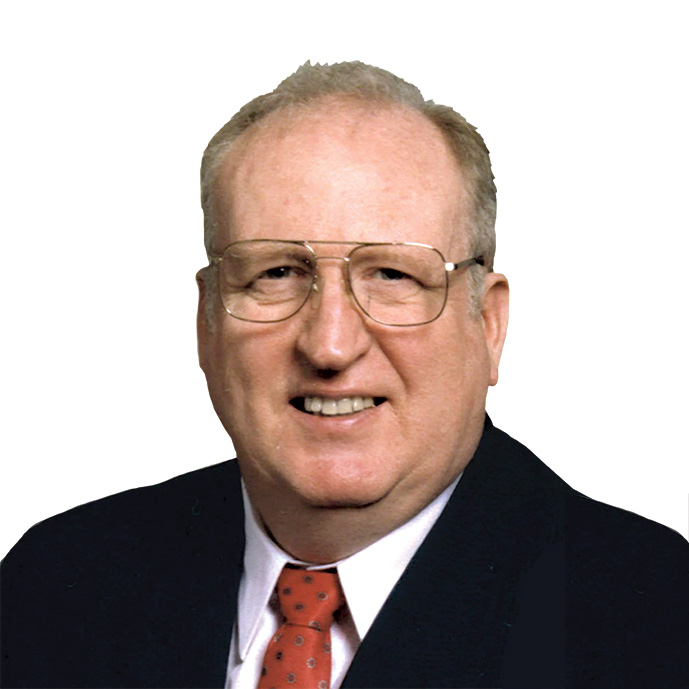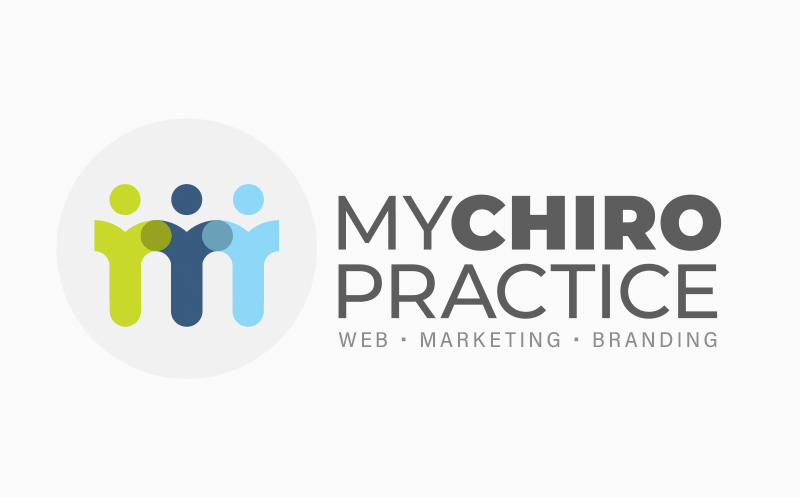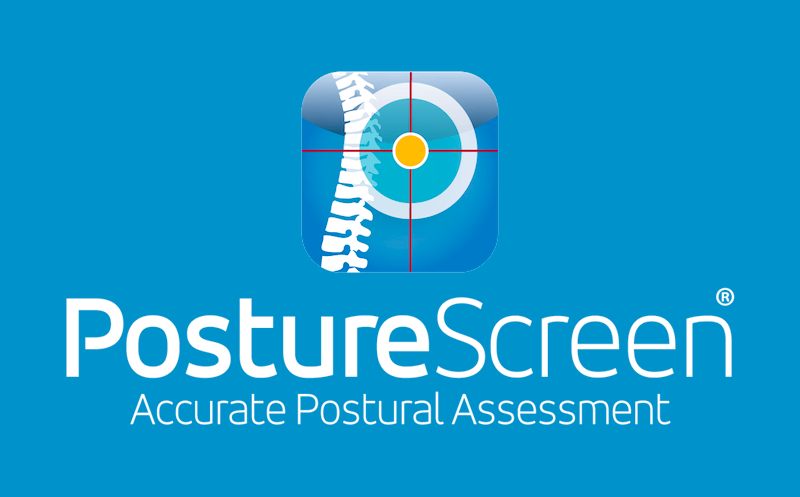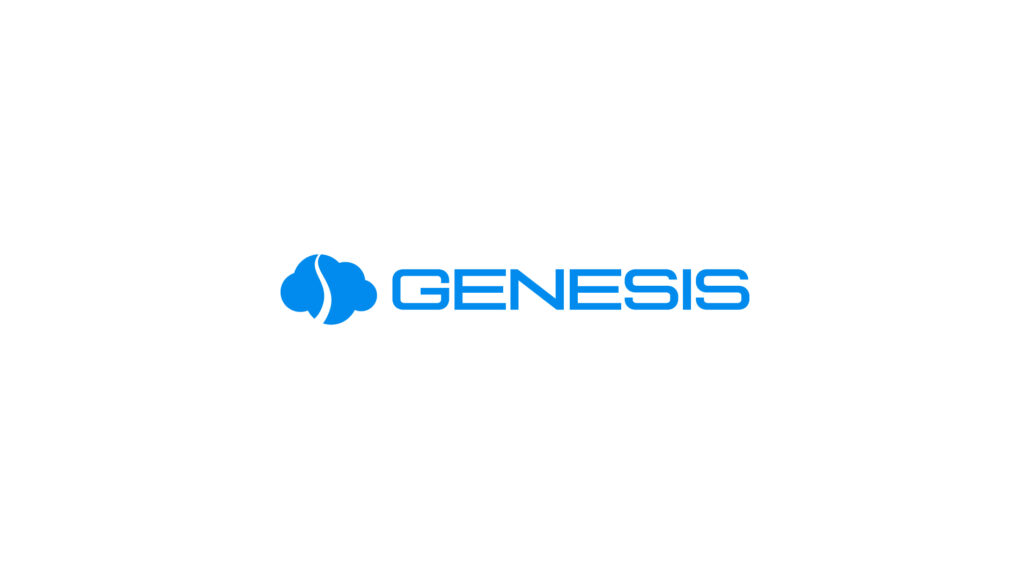Technique
Origins of CBP®
Part I : By Don Harrison, PhD, DC, MSE

I have always been interested in history and especially Chiropractic history. Over the years I have tried to be accurate when citing any person for any radiographic view, radiographic line, or adjustment procedure utilized in CBP®. I traced our CBP® origins to A.A. Wernsing, DC, who graduated from Palmer College (School) of Chiropractic in 1926.
After graduation in 1926 from Palmer School of Chiropractic, Dr. Wernsing opened a practice in Hollywood, California. During the depression (1930), he stated that so few patients came in to his office that he had considerable time to analyze their problems.1-5 He originated the nasium radiographic view in 1930 as a means to exactly determine the location of the atlas vertebra in relation to the skull. He originated the atlas plane line now used in all upper cervical techniques and he was the first to measure atlas displacements in degrees. Dr. Wernsing termed his new technique “Atlas Specific” and I have a photocopied version of his 1941 text,1 which was derived from copyrighted notes in 1934.
He originated what is now termed the “triceps pull” upper cervical adjustment for C1 displacements in 1930. In 1933, he originated the side posture-adjusting table with variable headpiece, before a modified version was used in Grostic and NUCCA techniques, i.e., before Dr. Grostic or Dr. Gregory graduated from Palmer Chiropractic College. As a matter of fact in 1981, Dr. Dan Murphy (who was my roommate in college and opened a practice with me in Sunnyvale, California in December 1979) and I purchased an old Wernsing table with the original invoice dated 1938 (the year Dr. John Grostic graduated from Palmer). I believe that Dr. Murphy donated this table to the Life Museum.
Although it is hard to deny that Grostic, NUCCA, Pettibon, Orthospinology, HIO, and Atlas Orthogonal are all derived from Wensing’s Atlas Specific Technique, there are clear differences. Whereas Wernsing bisected the condyles for a center skull line on the nasium view, Grostic bisected the skull using the parietal bones. Grostic only used 3 (lateral, nasium, vertex) of Wernsing’s 6 radiographic views. Grostic used headclamps whereas Wernsing placed the patient as best he could to “align the glabella and EOP with the central ray”. On the nasium radiograph, Grostic drew a lower angle line (LA) from C2 to C7 and measured degree displacement from 90° at the atlas, whereas Wernsing only analyzed the rotation of C2 to the dens in degrees below C1 and only measured the upper angle (UA = skull displacement to C1). Whereas Wernsing had movable thoracic-pelvic piece on his table to reverse rotations and lateral flexions and used a vertical line of drive with patient’s head in different positions, Grostic originated a line of drive formula for his adjusting procedures and had a stationary table except for the movable headpiece. Whereas Wernsing attempted to categorize and measure condyle, atlas and axis anomalies, Grostic’s procedures ignored these. Wernsing’s first seminar was presented in the mid 1930’s and Grostic’s first seminar was presented in 1946.
Also around this time period, late 1940’s and early 1950’s Dr. Roy Sweat (Atlanta, Georgia) and Dr. Cecil Laney (Birmingham, Alabama) attended Grostic seminars and began to practice Grostic. In 1959, Dr. Laney developed a side-posture-table adjusting instrument, and showed his ideas at Grostic seminars (much to the dismay of the hand adjusting purists!). Later he was to give the rights to this upper cervical instrument to Dr. Sweat to use in Sweat’s Atlas Orthogonal technique. Later in the 1960’s, Dr. Laney originated an electric hand held upper cervical adjusting instrument. Dr. Laney gave me one of these hand held instruments in 1984 as a present and I began to use it in my practice in Sunnyvale, California.
After US Army service, Dr. Burl Pettibon graduated in 1956 from Cleveland Chiropractic College (Kansas City) and subsequently took a Grostic seminar and began to practice Grostic in Washington. This was at the time when Chiropractic College was approximately two years and no pre-chiropractic university credits were required. It is believed that, in the later 1950’s, Pettibon saw Laney’s table instrument at Grostic seminars since he designed his first Pettibon table instrument in the early 1960’s.
In the later 1950’s, Ruth Jackson’s text (Cervical Syndrome, 1957 copyright) presented an analysis of stress in the cervical spine from whiplash by drawing posterior lines on C2 and C7 on the lateral radiograph. She termed these lines her “Physiological Stress Lines”. In the 1960’s, Pettibon began teaching the “superior and inferior ‘Pettibon’ stress lines” drawn at posterior body margins of C2 and C7 on the lateral radiograph. In the early 1970’s in the Pettbon technique, many Grostic type radiographic lines were applied to the AP Ferguson view and Ruth Jackson type lines were drawn on the lateral lumbar view at L1 and L5. Also low back procedures were developed.
During the late 1960s-early 1970’s, several DCs contributed to Pettibon’s technique and his spinal model: Dr. Brian Long, Dr. Dennis Long, Dr. Grover Pettibon, Dr. Don Kettwick, Dr. J.G. McCauley, Dr. Dean Smith, Dr. John Dulhunty (he changed his name from Giblett), Dr. Bill Loomis, and Dr. Dan Beeson. I met some of these DCs, but some I did not know; so I hope that I have not misspelled their names or left somebody out who deserves credit. Many Grostic practitioners felt that Pettibon had “borrowed” Grostic’s technique, but there were substantial differences.>
The Beginnings of my Association with Pettibon
Around 1976, Dr. Dan Murphy (California), Dr. Randy Collins (Honolulu), my Brother (Dr. Glenn Harrison) and I started taking Pettibon seminars together from Dr. Dan Beeson in Portand, Oregon. My first seminar, held in Dr. Beeson’s clinic basement, was attended by 12 students. At that time, the seminar materials included an upper cervical adjusting text, an x-ray workbook, a series of 22 articles reprinted from Today’s Chiropractic magazine, a short thoracic paper, and a few pages of pictures stabled together entitled True Plane Spinography. I met Burl Pettibon at my 2nd seminar in Portland and he asked me what I thought of the seminar.
I told him: they wasted time drawing on black boards without overheads on most items; they gave incorrect definitions or incorrectly used terms in mechanics and physics; but they presented a model & technique which was far superior to anything offered to me at Western States Chiropractic College. He knew from his son (Jon was in my class at Western States) that I had a BS in math, an MS in math, and worked one year on a PhD at Washington State University, where I had taught calculus. Pettibon told me that if I thought I could teach the biomechanics part better than he and Beeson, then to make up an outline and send it to him. If it was good, then he would have me teach in Portland in the fall of 1977. I outlined his whole seminar (6 days) by each hour, made overheads from different texts and research papers, made a notebook for each of his 5 seminar instructors, and I taught half the Portland seminar in the fall of 1977.
During 1977-79, I taught his Portland seminars, advertised them, and wrote materials for these seminars. Attendance grew rapidly during 1977-79 from 12 students, to 20, to 40, to 60, to 80, and finally to 120 attendees for the last one I taught in March 1979 in Portland. During half of this time (before I got married to Deanne Johnson), Dr. Dan Murphy was my roommate. He helped me get references for materials on biomechanics, x-ray, and Wolffs Law, which I used to write additional “Pettibon papers and texts” (Dan tells me that he still has copies of these old papers, several with only my name as author). I say “Pettibon papers and texts” because, like most young people (is 30 young?), I was looking for a “cause” to support and I added Burl’s name to materials that I alone had written.
In March 1979 (until June 1979), Deanne and I moved to Tacoma, Washington and I went to work as an examining doctor at Pettibon’s clinic in Tacoma. During this time, Dr. Randy Collins (he drew a lot of my illustrations from 1976-80) and Dr. Brian Mittelstaedt (Port Angeles, Washington) were there while waiting to start practices. I actually worked under Dr. Vern Webber (who saw about 90 visits/day) because Burl Pettibon seldom saw patients. While working at the Pettibon clinic, I began writing a new x-ray text and new spinal biomechanics texts in my off hours.6,7 Deanne, who taught me how to do MEDLINEs at the University of Oregon and University of Washington libraries, helped me update my reviews on biomechanics and Wolffs Law.
When I showed these partial manuscripts to Burl, he got very excited and told me to write during my working hours. He had his son (Dr. Jon Pettibon) be Dr. Vern Webber’s examining doctor. Even though I was the sole author (as all in attendance at the Pettibon clinic at the time will testify), I added Burl’s name to these manuscripts, as I had in the past. In June 1979, he asked Deanne and I to move to Sunnyvale to teach Pettibon technique (and other courses) at a new college (Northern California College of Chiropractic became Palmer-West). Pettibon told me that he had arranged a job for me and that I was to start teaching at the beginning of summer quarter 1979. Deanne and I moved to San Jose immediately (I drove a U-Hall, we paid our own move). She decided that she would attend this new college and become a Chiropractor.
With in one week of arrival in San Jose, I went over to see the new NCCC campus, to get acquainted, and to find out what I was to teach in order to prepare lectures in advance. By accident, while at NCCC for the 1st time, I saw Dr. Mike Pedigo (as in Wilks et al suit), who was on the NCCC Board. He asked what I was doing there. I told him that Burl had arranged for me to start teaching there and I had just moved to San Jose this week to do it. He turned pale and said that was news to him, to the College, and to the Board who did the early hiring! I was shocked. I told him I had used all my money to move to San Jose, to put a down payment on a house, that I had no other chance for income at this time, and asked what to do. He told me that he would lobby for a teaching position for me since the only Board meeting that month was that night! I waited several hours to hear the outcome. Dr. Pedigo told me (to my relief) that he had convinced the NCCC Board (by the narrowest margin of one vote) to hire me for summer!
Dr. John Dulhunty came to the USA from Australia circa 1981-2 under somewhat false pretenses by Pettibon, who seemed to suggest that he could teach at Pettibon’s new Institute. I felt some responsibility to John Dulhunty. This was because the “curriculum” that Pettibon flashed around for his “Institute” was written by me in 1980. Pettibon asked me to determine a Masters Degree program in Biomechanics. When I told him that it would require persons with PhDs and Masters degrees to teach it and a BS degree for pre-requisites for attendees, he told me that it was his dream for the future and not to worry about teachers now. I modeled this “MS in Biomechanics” program from ones taught at University of Washington, University of Michigan, and USC.
He soon used “my curriculum” to interest two PhDs (one was Dr. Ford, but I forget the other person’s name) from Lewis and Clark College in Oregon. He flew them down to San Jose to talk to me; after which they agreed to help him set up a Nonprofit Institute. He also used them to arrange a huge Pettibon seminar in June 1981 at Lewis and Clark College. In 1980, he asked me to write up the whole week long curriculum with speakers for this seminar, which I did. After getting screwed by him in December 1980, he kept advertising me as a speaker at this June 1981 seminar. He did this after I had informed him that I had quit in December 1980. He did this, even after many letters from me telling him to cease. When attendees in June 1981 asked why I was not there, he told them that I had backed out just the week before!
Until 1980, I added Pettibon’s name to most things that I wrote in order to further the acceptance of a more scientific technique in chiropractic, than was presently available (even though he didn’t write one word; he writes terribly). As a side note, Palmer students have told me that my name appeared on these texts at Pettibon seminars in Davenport until around 1985, when my name suddenly disappeared with only Burl’s name remaining. Burl Pettibon’s 2nd ex-wife, Terry Vic-Pettibon, told me that she was there when Burl convinced a printer, who objected to changing the printing of something with a copyright, to remove my name as an author. Several DCs (alumni of Palmer) still have these old Pettibon texts with my name as author (e.g. Dr. Roger Coleman, Dr. Vern Webber, Dr. Brian Mittelstaedt, Dr. Dwight DeGeorge, Dr. Tony Gambale).
The End of My Association with Pettibon
What happened in 1980 to steer me away from Pettibon and towards the new technique CBP®? Two things: 1) I discovered Postural Mirror Image Adjusting® and 2) I had a falling-out with Pettibon over pay due me for a Cleveland LA seminar.
In December 1980, my late wife Deanne, Dan Murphy, Glenn Harrison (my brother and co-found of CBP Technique), and I met to discuss beginning a new technique, which we all agreed to call CBP® (CBP® = Physics applied to Biological organisms and it will be Chiropractic). This new technique would be developed from the new posture adjusting that I was discovering.
Next issue in Part II of this history, I will detail how (with help from several people) I arrived at Mirror Image Postural AdjustingSM
[Editor’s note: Names have been included in this story to help, anyone who wishes, to verify its reported facts.]
CONTACT CBP
CBP Seminars, Inc.
21863 Thorsten Avenue Suite 18
Caldwell, ID 83605
Phone: 208-939-0301
Fax: 208-209-6009
Email: [email protected]
Web: idealspine.com
LATEST ARTICLES
CONTACT CBP
CBP Seminars, Inc.
1160 Taylor Street Suite 100
Meridian, ID 83642
Phone: 208-939-0301
Fax: 208-209-6009
Email: [email protected]
Web: idealspine.com






